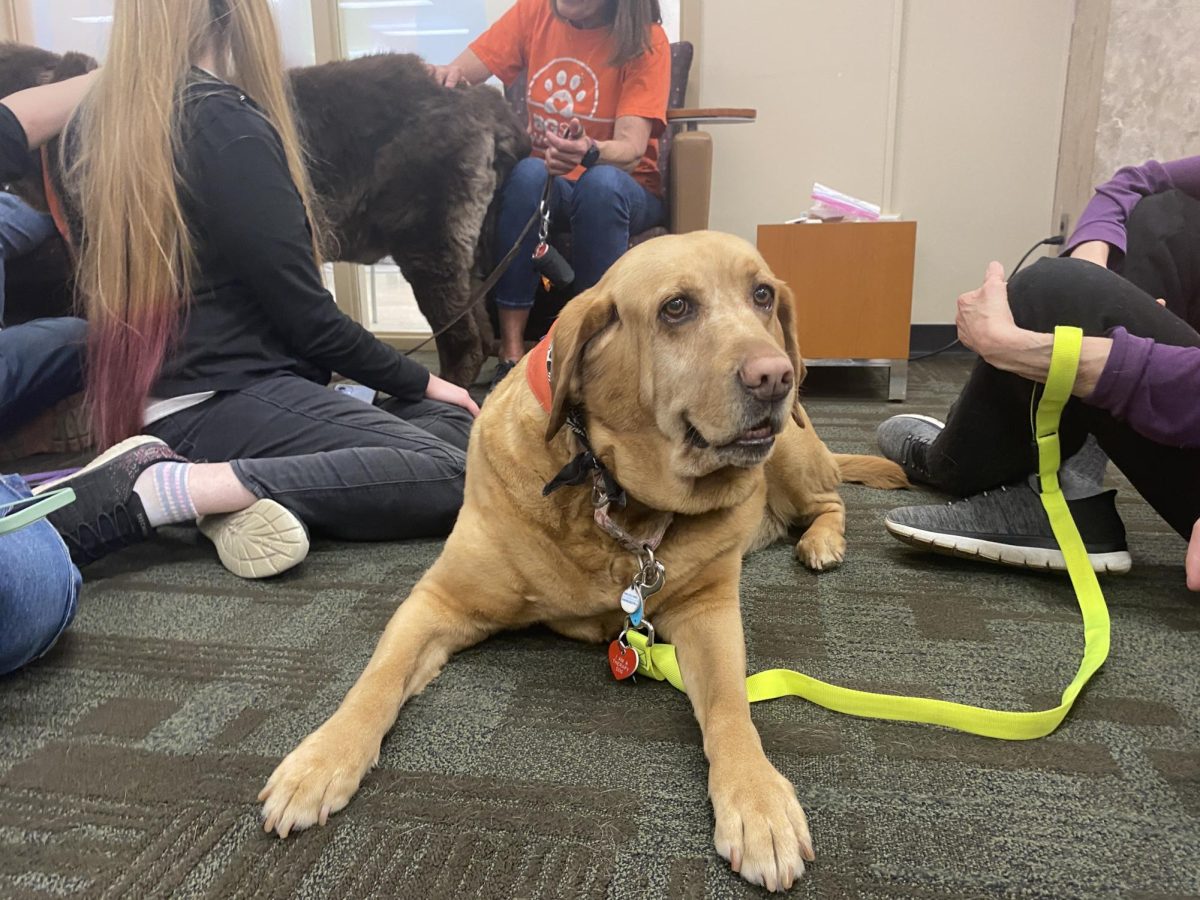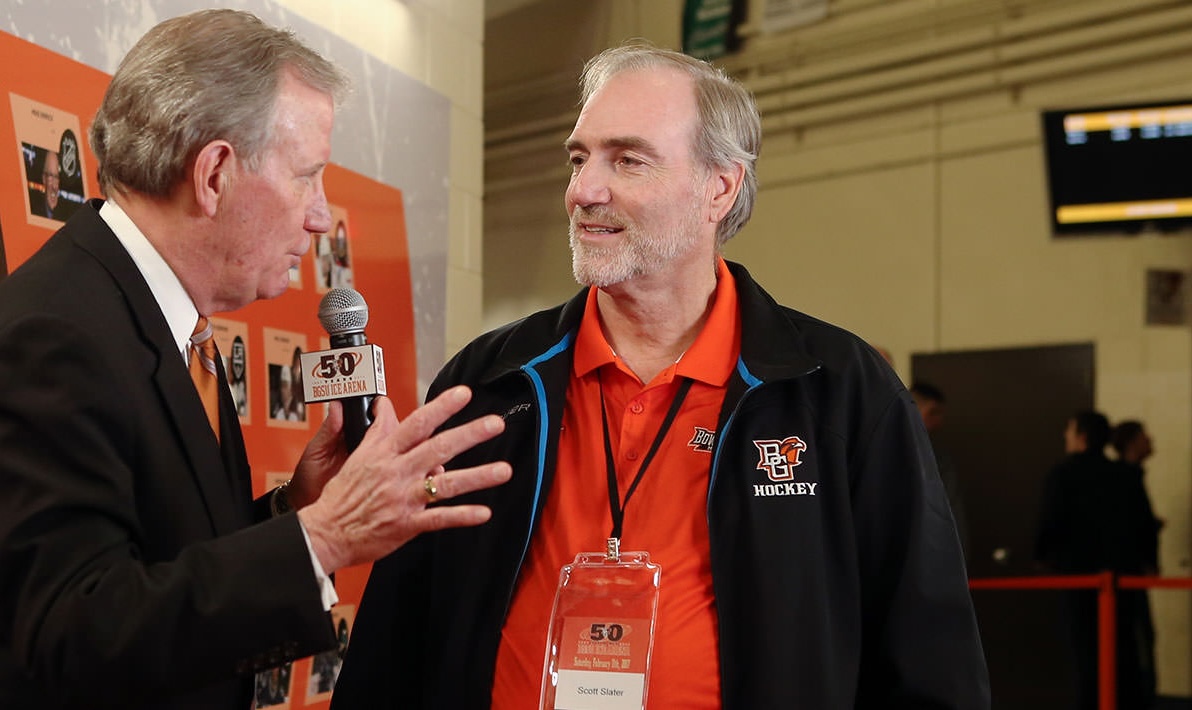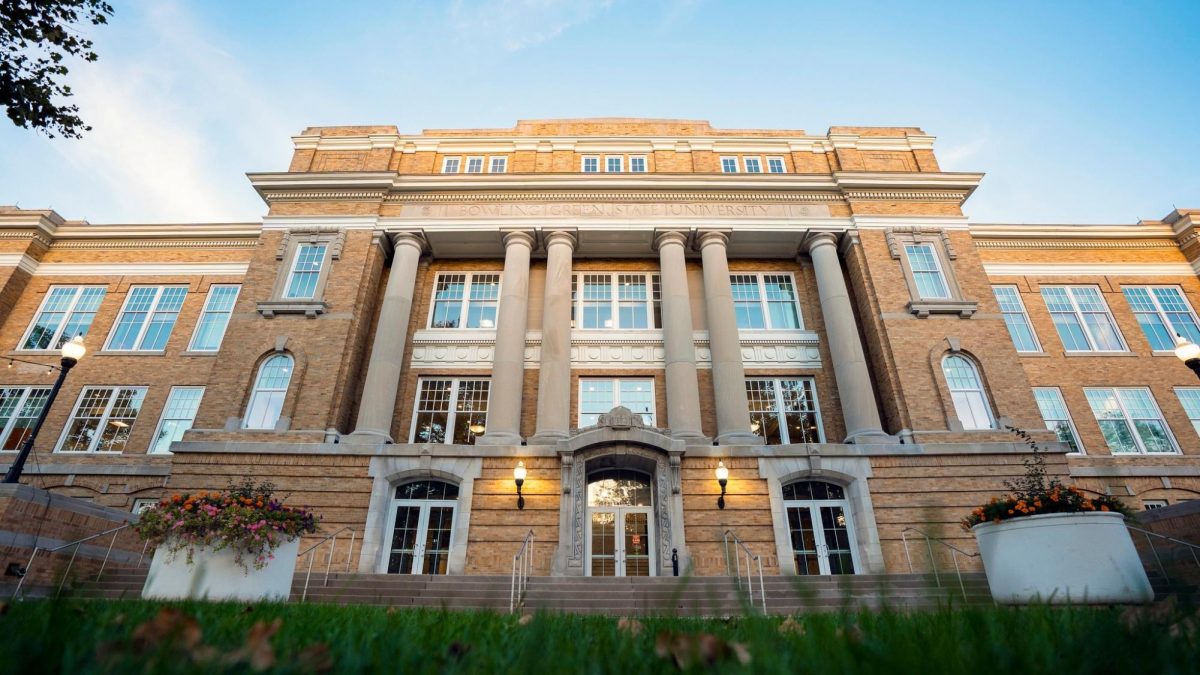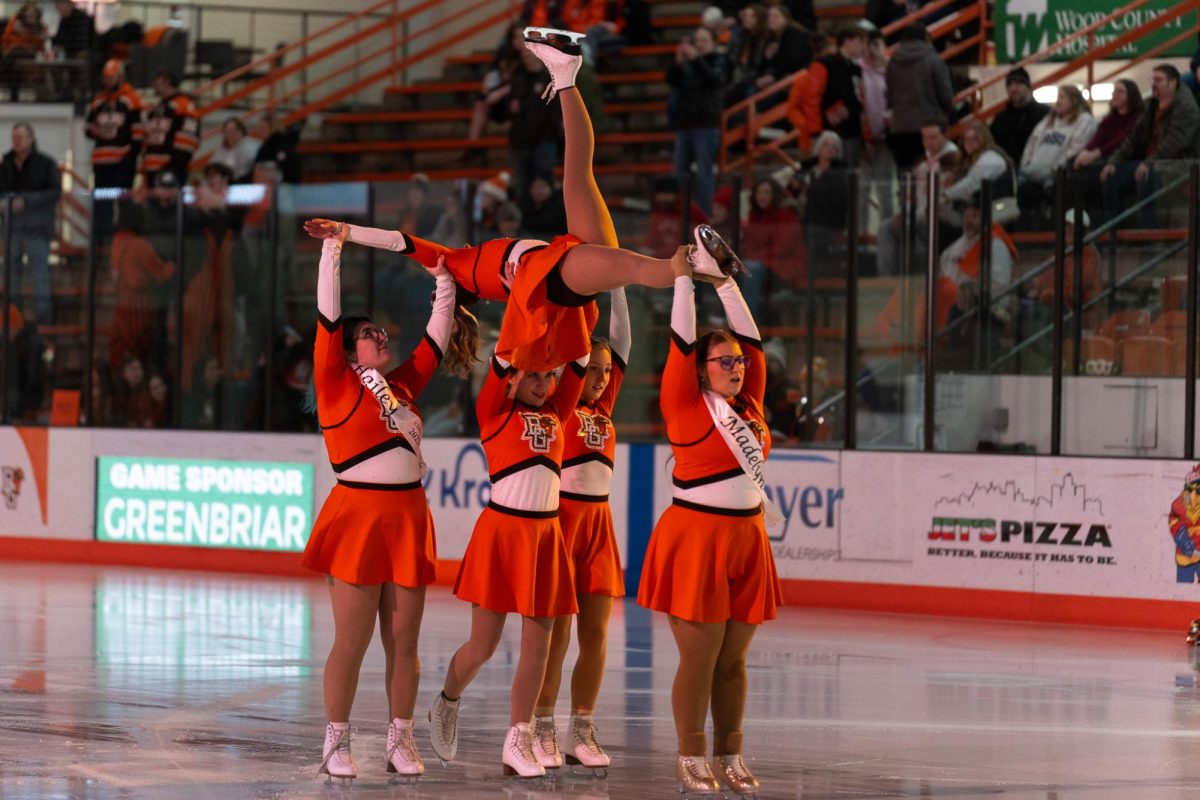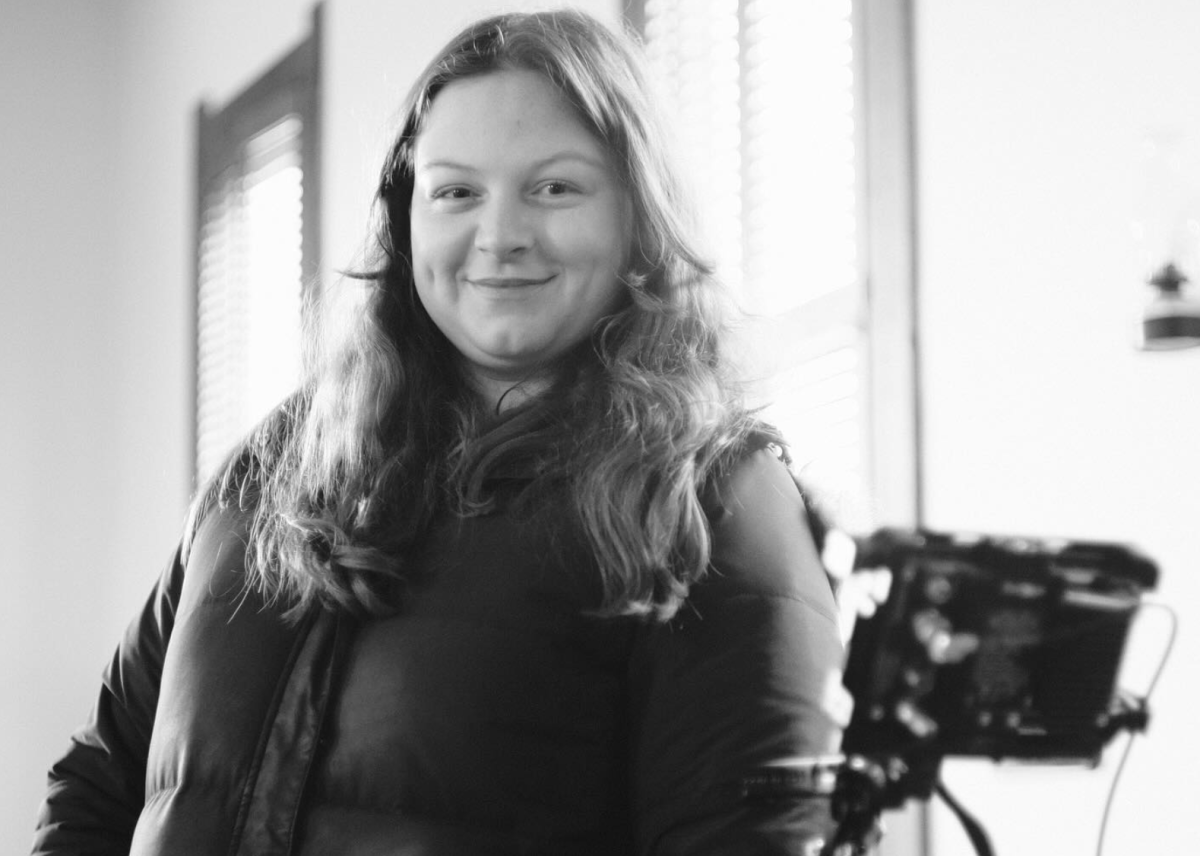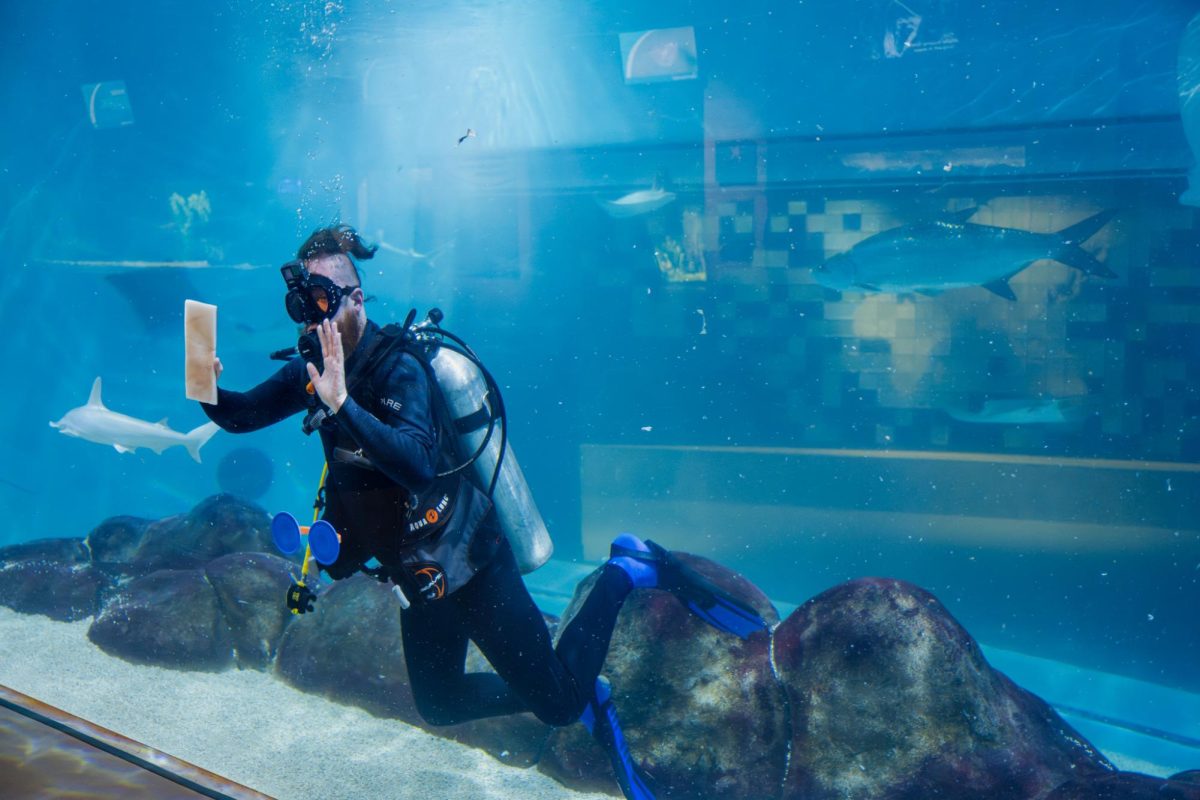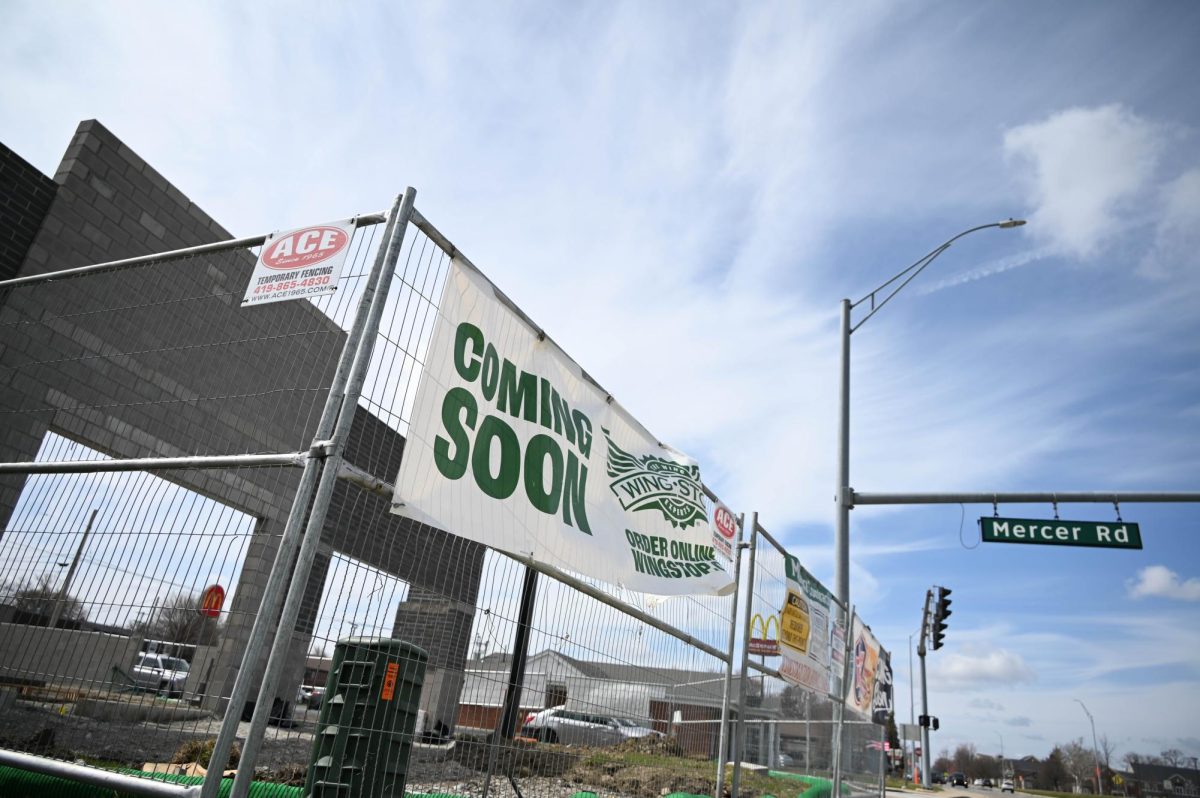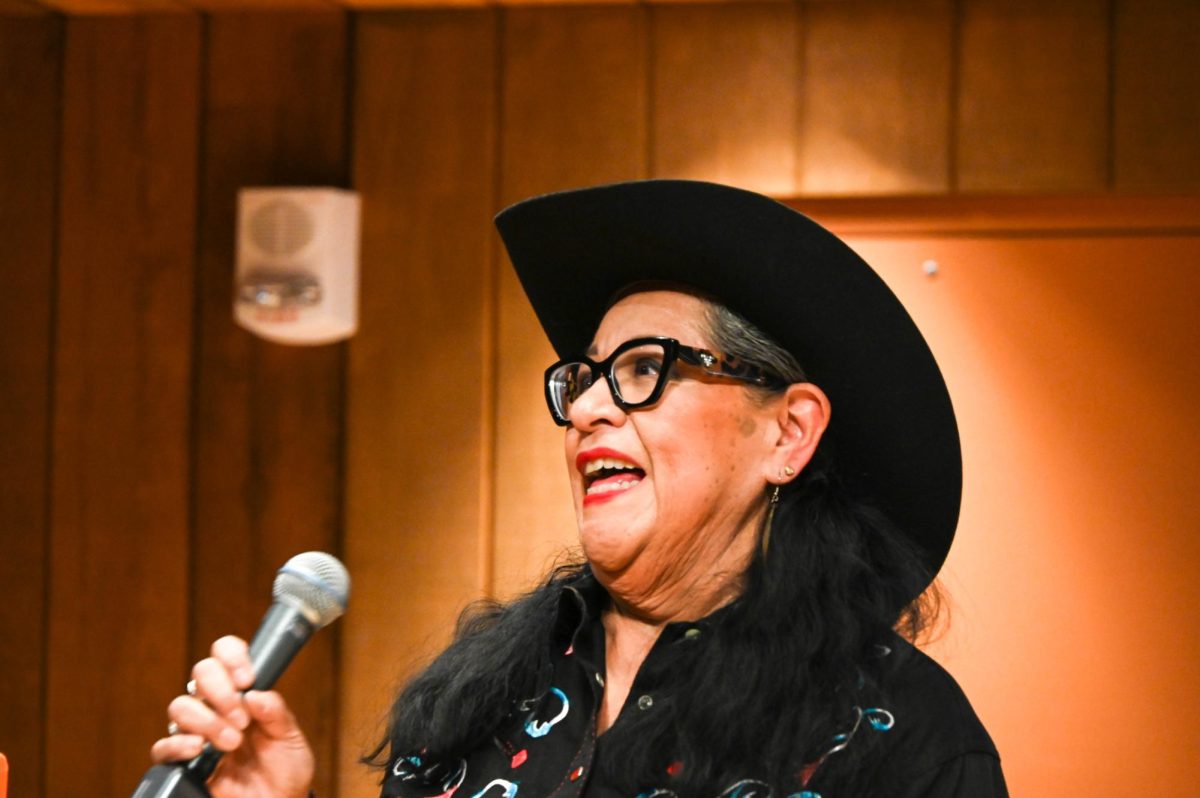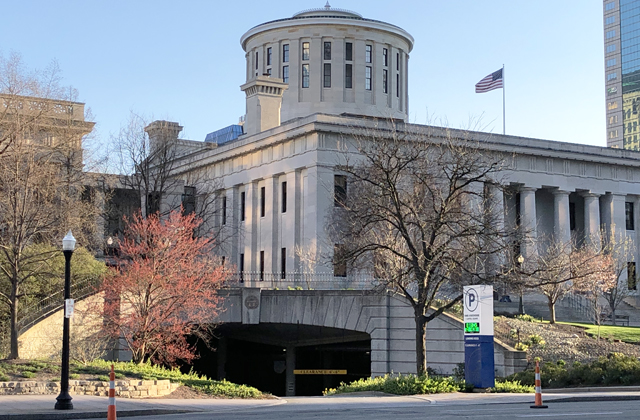Interactive classrooms and new buildings are just two things students can look forward to in the next few years.
The University master plan outlines renovations for many areas of the campus.
Steve Krakoff, vice president of Capital Planning, said some of the changes that can be expected within the next four years include renovating and demolishing buildings, a new college of business and the possibility of a new residence hall.
The buildings that are set to be regenerated include Hanna Hall, University Hall and South Hall, which are also referred to as ‘traditions buildings,’ Krakoff said.
As well as regenerating the traditions buildings, there are also plans to renovate buildings on campus.
Starting this fall in Olscamp Hall there will be classes offered in prototype classrooms that are designed to emphasize collaborative learning.
“There will be better and more productive collaboration between students and faculty,” Krakoff said.
Four buildings that are set to be demolished include the Administration building, West Hall, the Family and Consumer Sciences building and the Education building.
“Several of the buildings that are older or that have maintenance and renovation needs that are really too high … will be demolished,” Krakoff said.
Also planned for demolition is Harshman residence hall.
“We will be demolishing Harshman over the next six to seven years, there will be a new [residence hall] to replace it,” Krakoff said. “Not as big as Harshman, but probably a few hundred beds.”
Freshman Brian Brousseau said he thinks the changes that will be made on campus are going to benefit everyone involved in the University.
“I think it’s good for the campus itself, but it’s also going to make the students more able to reach their full potential,” he said.
Another aspect that will be incorporated is academic neighborhoods, said Rodney Rogers, senior vice president of academic affairs.
“It’s not so much pulling colleges together,” Rogers said. “But beginning to locate— physically locate— academic programs together.”
The programs will be brought together to help with collaboration between them, Rogers said.
Universities know knowledge moves forward, but they are notorious for remaining separate and not collaborating, Rogers said. The neighborhoods will help students and faculty collaborate, he said.
One of the first changes that can be expected is the construction of a new greek village.
Students can also expect a significant change at the Rec Center.
“When students come back they will see two separate areas within the Rec Center,” said Steve Kampf, assistant vice president of student affairs.
The aquatics area of the Rec will have its own entrance, and the second area will be for weights, cardio, group exercise and basketball, Kampf said.


